Growing fresh vegetables and fish in your backyard with aquaponics is the latest trend in sustainable farming. Aquaponics combines aquaculture (fish farming) and hydroponics, which means growing plants in a nutrient solution. Aquaponics involves the growing of plants and the raising of fish with the help of beneficial bacteria. These components work to create an effective aquaponics system. You can make a self-sustainable garden with limited space and resources to grow organic food with aquaponics.
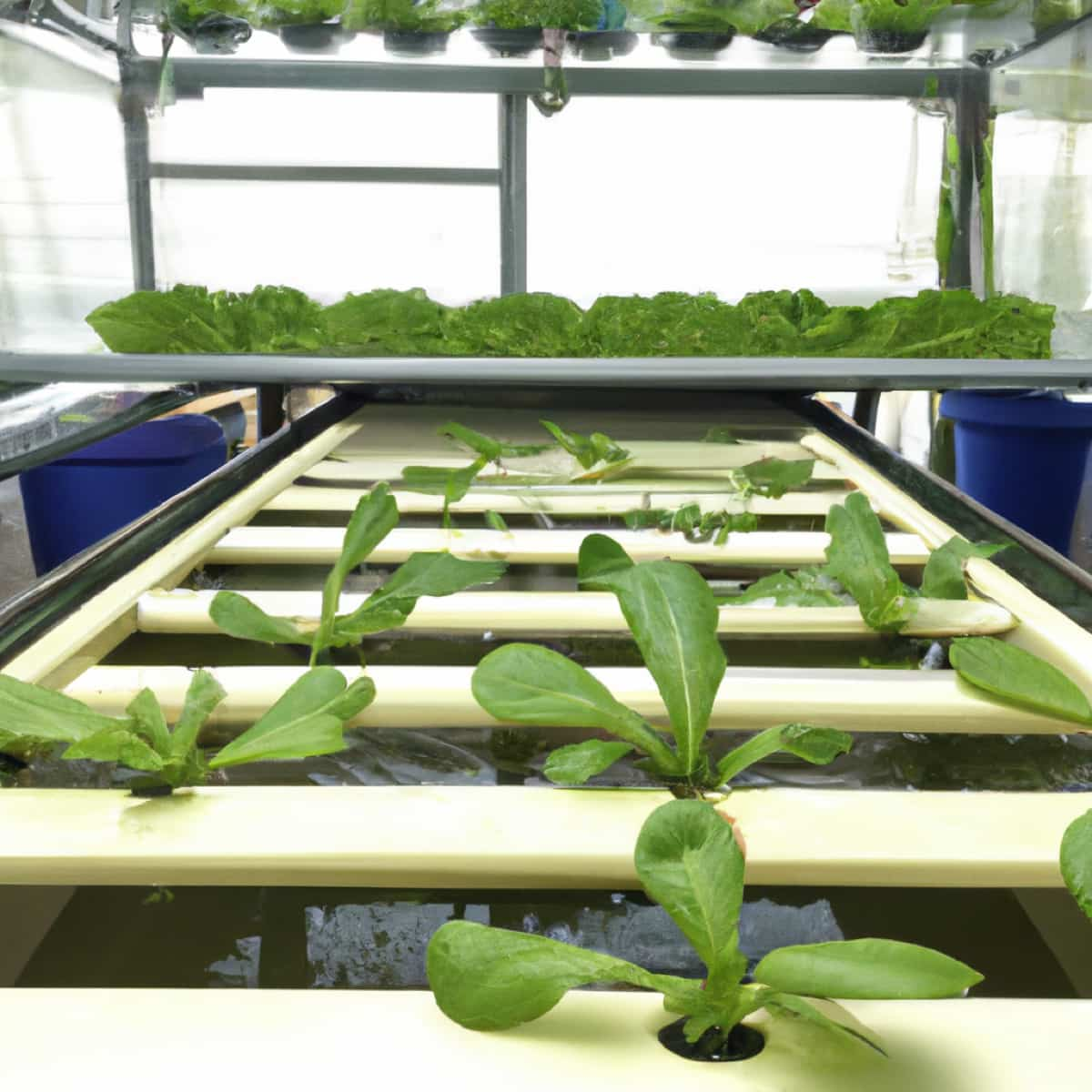
Growing Vegetables and Fish Together in the Backyard
What is Backyard Aquaponics?
Aquaponics is a method of gardening that combines raising fish with growing plants. Fish waste provides plant nutrients, and the plants help purify the fish’s water. Aquaponics is a sustainable method to grow food, using less water and land than traditional methods. It is a sustainable way to garden, and it is also very efficient. You can grow food in a small space with an Aquaponics system. It is also possible to grow various crops in an aquaponic system, including vegetables and herbs.
By carefully choosing which plants and fish you include in your system, you can create a thriving ecosystem that provides fresh produce and seafood all year round. Backyard aquaponics systems can be as simple or complex as you like. You can purchase a ready-made system or build your own using recycled materials. Either way, you’ll need to choose a location for your system that gets plenty of sunlight.
Why Choose Backyard Aquaponics?
Aquaponics is a great way to grow your food. Not only do you get to eat healthy, delicious vegetables, but you also get to enjoy the satisfaction of raising your fish. Aquaponics is a relatively new type of agriculture that combines hydroponics (growing plants in water) with aquaculture (raising fish in tanks). In an aquaponic system, fish waste provides nutrients for the plants, and the plants help filter the fish’s water. There are many reasons to choose backyard aquaponics over other types of gardening. Here are;
- Aquaponics is sustainable and environmentally friendly.
- Aquaponics uses less water than traditional gardening methods.
- Aquaponics can be done indoors or outdoors.
- Aquaponics is great for people with limited space since it can be done in small areas like patios or balconies.
- Aquaponics is perfect for people who want to eat fresh, organic produce but don’t want to deal with pesticides or herbicides.
- Aquaponics is a great way to teach kids about where their food comes from and how it’s grown.
In case you missed it: Backyard Turkey Farming In India, Breeds, and Feed
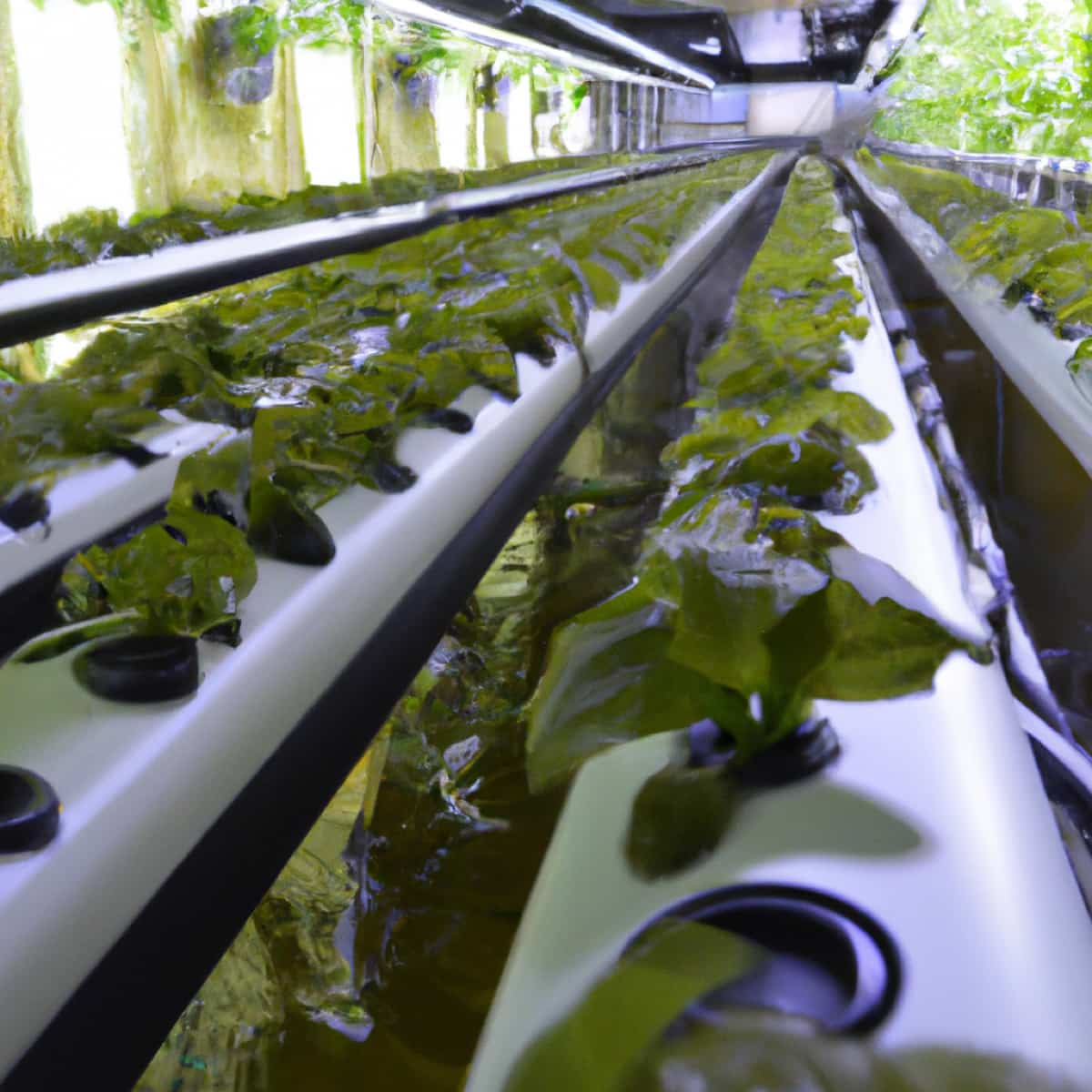
Fish Species for Backyard Aquaponics
Fish are an important part of aquaponics, and many different species can be used in a system. Some common choices include Tilapia, Catfish, Barramundi, Catfish, Carp, Goldfish, Jade Perch, Koi, Murray cod, and Perch. When choosing fish for your system, it’s important to consider the climate in your area and the size of your tank.
Building a backyard aquaponics system is a great way to produce fresh, healthy vegetables and fish while using less water and space than traditional gardening. Aquaponics is a symbiotic relationship between fish and plants in which the waste produced by the fish provides plant nutrients, and the plants help to filter the water for the fish.
What is Inside a Backyard Aquaponics System?
- The Fish Tank – This is where you will keep your fish. It must be large enough to accommodate the number of fish you want to raise, and it must be made of a material that won’t leak or break easily.
- The Grow Bed – This is where you will grow your plants. It should be shallow and lined with a material that allows roots to penetrate easily, such as gravel or expanded clay pellets.
- The Pump – This circulates water between the fish tank and the grow bed. It helps to provide oxygen to the roots of the plants and keeps the water circulating so that it doesn’t get stale.
How Do I Build an Aquaponics System in My Backyard?
- Aquarium or pond – The size of your aquarium or pond will determine how many fish you can raise. It allows at least 10 gallons of water per fish.
- Growing bed – This can be made from various materials but must be deep enough to support the roots of your plants (at least 6 inches). It should also have some drainage so that excess water can be removed. One option is to use an old sink or bathtub. Just be sure to drill holes in the bottom for drainage.
- A media bed for the plants – This can be made out of PVC pipes or aquarium gravel placed in a mesh bag. The plants will root in the media bed and absorb nutrients from the water that flows through them.
- Pump – This will circulate water from the aquarium or pond to the growing bed and back again. A submersible pump works well for this purpose. A pump circulates the water between the tank and the media bed. A small aquarium pump will work perfectly for this purpose.
- Plants – Choose plants that do well in aquaponic systems, such as lettuce, tomatoes, herbs, etc. Make sure they are safe for consumption if you plan on eating them!
- Fish – Common choices include tilapia, catfish, trout, and bass.
In case you missed it: Backyard Vegetable Farming, How To Start, Ideas
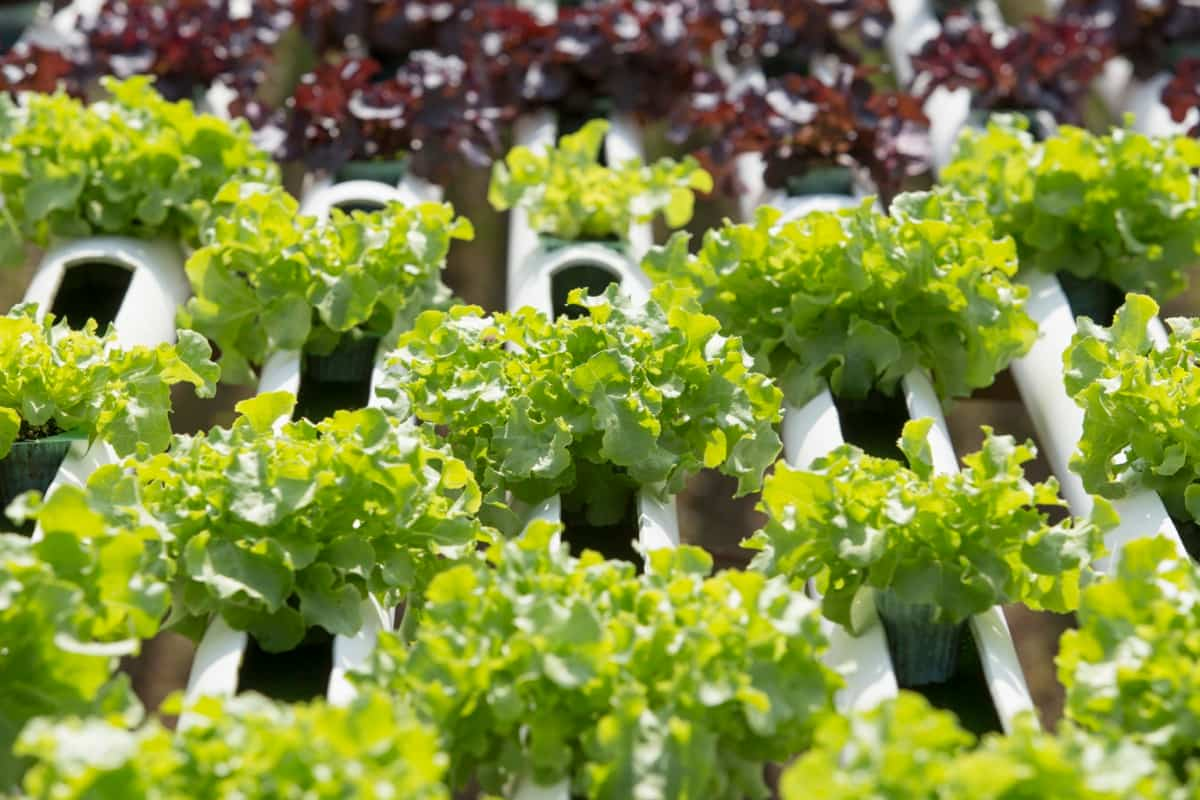
Supplies Needed to Start Aquaponics System in Backyard
- You’ll need a fish tank. This can be anything from a small aquarium to a large stock tank.
- Next, you’ll need a grow bed for your plants. This can be made from various materials, but we recommend using PVC or polyethylene.
- Also, you’ll need an aeration system to keep the water oxygenated for your fish. This can be as simple as an airstone and pump or a more complex recirculating system.
The Benefits of Backyard Aquaponics
- Backyard aquaponics has many benefits when growing your food. Not only can you grow a variety of vegetables, but you can also raise fish. This combination provides a sustainable source of food that is healthy and delicious.
- Aquaponics is a great way to start gardening if you have a small space. It is also perfect for those who want to garden but do not have the time or knowledge to do so. With aquaponics, you can have a thriving garden with very little effort.
- Additionally, it can provide fresh produce all year, even in winter.
- Another benefit of aquaponics is that it requires very little land. You can start an aquaponics system in your backyard, on your balcony, or even on your roof. This means that anyone can have their farm, regardless of available space.
- Aquaponics is also great for the environment. It uses no pesticides or herbicides and produces very few carbon emissions. Aquaponics systems can even be used to recycle wastewater from your home.
How Does Backyard Aquaponics Work?
It is a system of agriculture that combines raising aquatic animals with hydroponics or growing plants in water. In a backyard aquaponics system, fish and other aquatic creatures are raised in a tank. Their waste provides nutrients for plants grown in beds or towers filled with water and gravel. The plants, in turn, clean the water for the fish. It eliminates the need for chemical fertilizers and uses less water than traditional farming.
These systems can be as simple as a fish tank and a planting bed or as complex as a large commercial operation. The key to successful aquaponics is maintaining the correct balance of nutrients in the water. Aquatic animals produce ammonia, which is converted into nitrites by bacteria in the system. Nitrites are then converted into nitrates, which plants use as fertilizer. Too much ammonia or nitrite in the system can harm the fish, while too little can stunt plant growth.
In case you missed it: How to Grow Papaya from Seeds at Home: In Containers, Indoors, Backyard, and On the Terrace
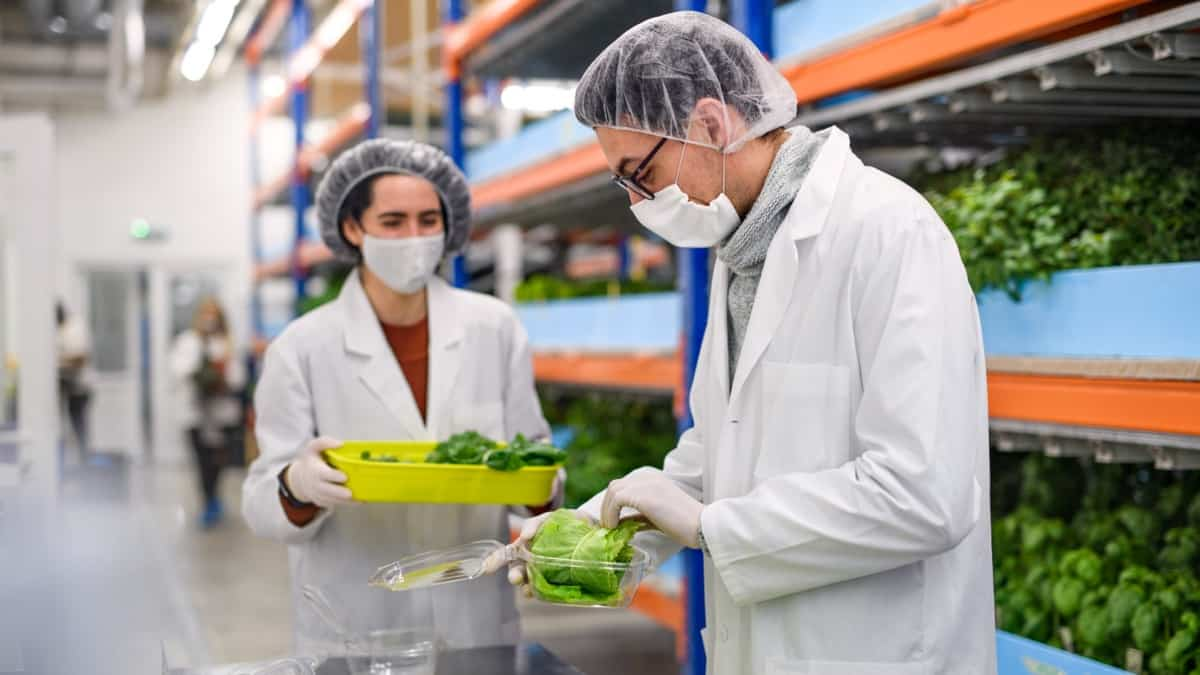
Setting Up an Aquaponics System in Your Backyard
- Choose a location for your system. Aquaponics systems can be set up indoors or outdoors, but they must have access to sunlight and a water source.
- Decide what type of system you want to build. There are many different designs of aquaponics systems, so do some research to find the one that best suits your needs.
- Assemble your materials. You’ll need something to hold your plants (a grow bed), something to house your fish (a tank), pumps, tubing, and grow lights if you’re growing indoors.
- Set up your grow bed and fill it with planting media such as gravel or hydroton balls.
- Add water to your grow bed and tank, then add your fish. The recommended ratio is one pound of fish per five gallons of water. Tilapia, catfish, and bass are all good options for aquaponics systems.
Backyard Aquaponics Maintenance Tips
- Do some research to find a system that will work well in your climate and space constraints. Make sure the system you choose has all the necessary components, such as a fish tank, grow beds, pumps, and filters.
- Once you have chosen a system, set it up according to the instructions. Add plants and fish to the system according to the manufacturer’s recommendations. Monitor the system closely for the first few weeks, making adjustments as needed. With proper care, your backyard Aquaponics system will provide fresh vegetables and fish for many years.
- Through aquaponics, it is possible to grow vegetables and fish together in your backyard. This fascinating system combines the best of aquaculture and hydroponics so that you can produce fresh, healthy food with minimal effort. With proper maintenance and the right setup, you can have a thriving aquaponics system that supplies you with delicious produce all year round.
In case you missed it: How to Start Organic Backyard Gardening: A Step-by-Step Guide for Beginners
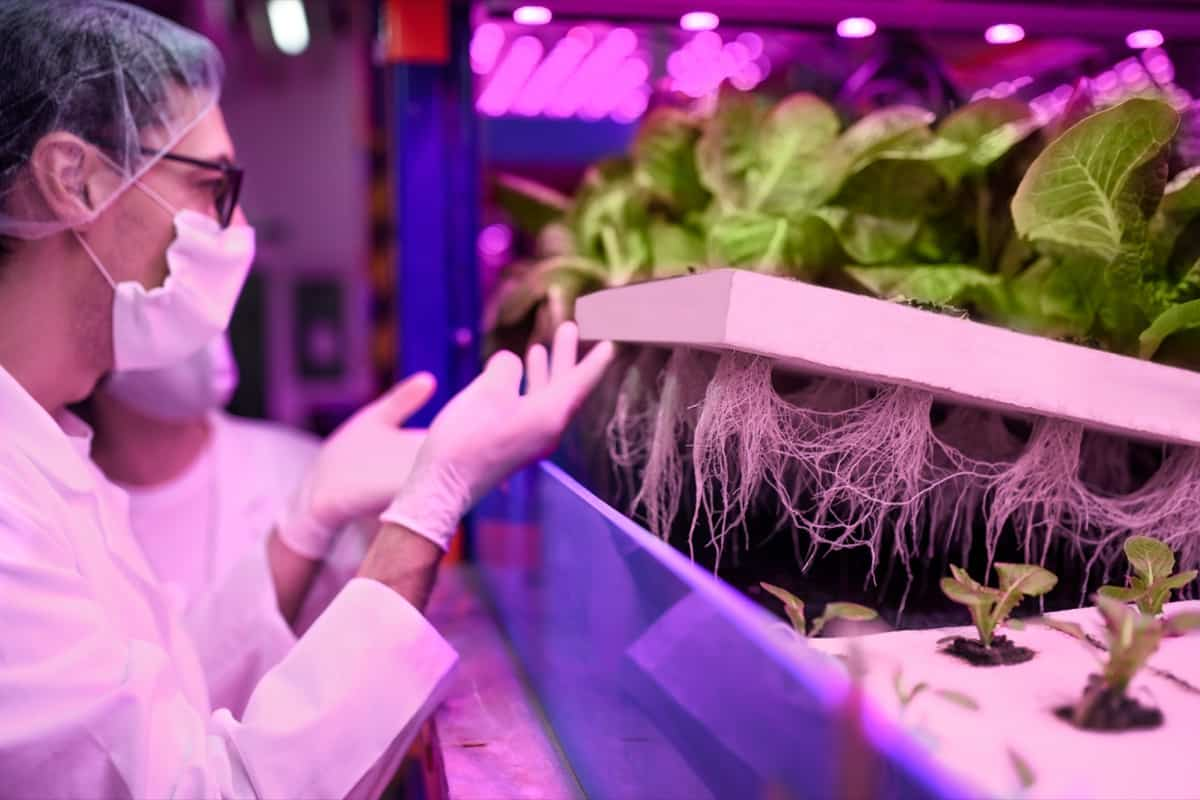
Steps to Start Backyard Aquaponics for Beginners
1. Do your research. Aquaponics is a relatively new field, so research is important before you start. Many resources are available online and in libraries to help you learn about the different aspects of aquaponics.
2. Choose a location for your system. Aquaponic systems can be either indoors or outdoors, but they must have access to sunlight and water.
3. Decide what kind of fish you want to raise. Different types of fish can be raised in an aquaponic system, so choose the type that best suits your needs and climate.
4. Build or purchase your grow bed and fish tank. Grow beds can be made from various materials, such as wood, plastic, or concrete. Fish tanks can also be made from various materials but must be sturdy enough to hold the weight of the water and fish.
5. Pick a sunny spot in your yard close to a water source. Aquaponic systems need a lot of water, so you will need to be able to fill up your system regularly.
6. Come up with a design for your system. There are different ways to set up an aquaponic system, so research to find a design that will work well in your space.
7. Build or purchase a grow bed and fish tank. These are the two essential components of an aquaponic system. The grow bed is where your plants will grow, and the fish tank is where your fish will live.
8. Stock your tank with fish. Aquaponic systems rely on the waste produced by fish to fertilize the plants in the grow bed. Choose a type of fish that is well suited for aquaponics and that you enjoy eating.
9. Plant your seeds in the grow bed. Once your seeds have germinated, you can transplant them into the grow bed. Be sure to choose plants that will do well in an aquatic environment.
Best Plants for Backyard Aquaponics
- Some plants are easier to grow in an aquaponics system than others. Anything harvested as a leaf—Lettuce, Kale, Arugula, Spinach, Basil, Dill, etc., responds well to the nutrients found in fish water and can usually be grown without added nutritional supplements.
- Plants also play a vital role in aquaponics, and many different types can be grown successfully. Leafy greens like Lettuce and Spinach are popular choices, as are Tomatoes and herbs. Root vegetables can also be grown in aquaponics systems, but they may require a larger tank.
- Any leafy green vegetable will do well, including lettuce, spinach, kale, Swiss chard, and beet greens. Herbs such as Basil, Oregano, Thyme, and Parsley also grow well in aquaponics systems. In terms of vegetables, Tomatoes, Cucumbers, Peppers, Eggplants, Squash, Beans, and Peas all do well in aquaponics.
In case you missed it: How to Start a Backyard Garden from Scratch: A Step-By-Step Guide for Beginners
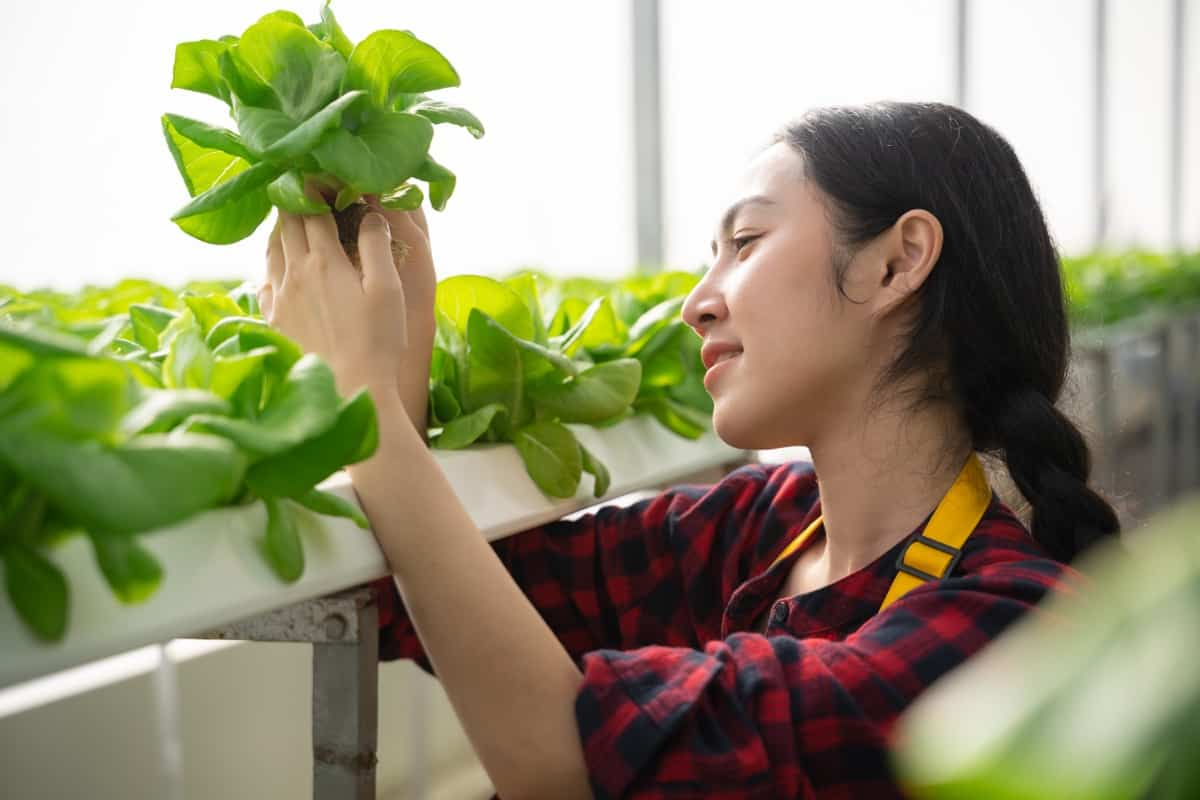
Conclusion
Aquaponics is defined as growing fish and vegetables in a productive, integrated system suitable for backyards. It can be thought of as merging aquaculture and hydroponics to create one sustainable system. Building a backyard Aquaponics system is a great way to grow fresh vegetables and fish. This system uses fish waste to fertilize the plants, and the plants help filter the water for the fish.
- Economical Aquaculture: A Guide to Low-Budget Fish Farming
- 15 Common Planting Errors That Can Doom Your Fruit Trees
- How to Make Houseplants Bushy: Effective Tips and Ideas
- Innovative Strategies for Boosting Coconut Pollination and Yield
- Pollination Strategies for Maximum Pumpkin Yield
- The Complete Guide to Chicken Fattening: Strategies for Maximum Growth
- Natural Solutions for Tulip Problems: 100% Effective Remedies for Leaf and Bulb-Related Issues
- Revolutionizing Citrus Preservation: Towards a Healthier, Greener Future
- Natural Solutions for Peony Leaf and Flower Problems: 100% Effective Remedies
- Maximizing Profits with Avocado Contract Farming in India: A Comprehensive Guide
- Natural Solutions for Hydrangea Problems: 100% Effective Remedies for Leaf and Flowers
- The Ultimate Guide to Choosing the Perfect Foliage Friend: Bringing Life Indoors
- From Sunlight to Sustainability: 15 Ways to Use Solar Technology in Agriculture
- The Ultimate Guide to Dong Tao Chicken: Exploring from History to Raising
- The Eco-Friendly Makeover: How to Convert Your Unused Swimming Pool into a Fish Pond
- Mastering the Art of Delaware Chicken Farming: Essentials for Healthy Backyard Flocks
- 20 Best Homemade Fertilizers for Money Plant: DIY Recipes and Application Methods
- How to Craft a Comprehensive Free-Range Chicken Farming Business Plan
- Brighten Your Flock: Raising Easter Egger Chickens for Beauty and Bounty
- How to Optimize Your Poultry Egg Farm Business Plan with These Strategies
- Subsidy for Spirulina Cultivation: How Indian Government Schemes Encouraging Spirulina Farmers
- Ultimate Guide to Raising Dominique Chickens: Breeding, Feeding, Egg-Production, and Care
- Mastering the Art of Raising Jersey Giant Chickens: Care, Feeding, and More
- Ultimate Guide to Raising Legbar Chickens: Breeding, Farming Practices, Diet, Egg-Production
- How to Raise Welsummer Chickens: A Comprehensive Guide for Beginners
- How to Protect Indoor Plants in Winter: A Comprehensive Guide
- Ultimate Guide to Grow Bag Gardening: Tips, Tricks, and Planting Ideas for Urban Gardeners
- Guide to Lotus Cultivation: How to Propagate, Plant, Grow, Care, Cost, and Profit
- Agriculture Drone Subsidy Scheme: Government Kisan Subsidy, License, and How to Apply Online
- Ultimate Guide to Raising Araucana Chickens: Breed Profile, Farming Economics, Diet, and Care
- Bringing Hydroponics to Classroom: Importance, Benefits of Learning for School Students
- Ultimate Guide to Raising Polish Chickens: Breed Profile, Farming Economics, Diet, and Care
- Ultimate Guide to Raising Australorp Chickens: Profile, Farming Economics, Egg Production, Diet, and Care
- Silkie Chicken Farming: Raising Practices, Varieties, Egg Production, Diet, and Care
- Sussex Chicken Farming: Raising Practices, Varieties, Egg Production, Diet and Care
- Homemade Feed Formulations for Livestock: Discover Cost-effective Starter to Finisher Feed Recipes